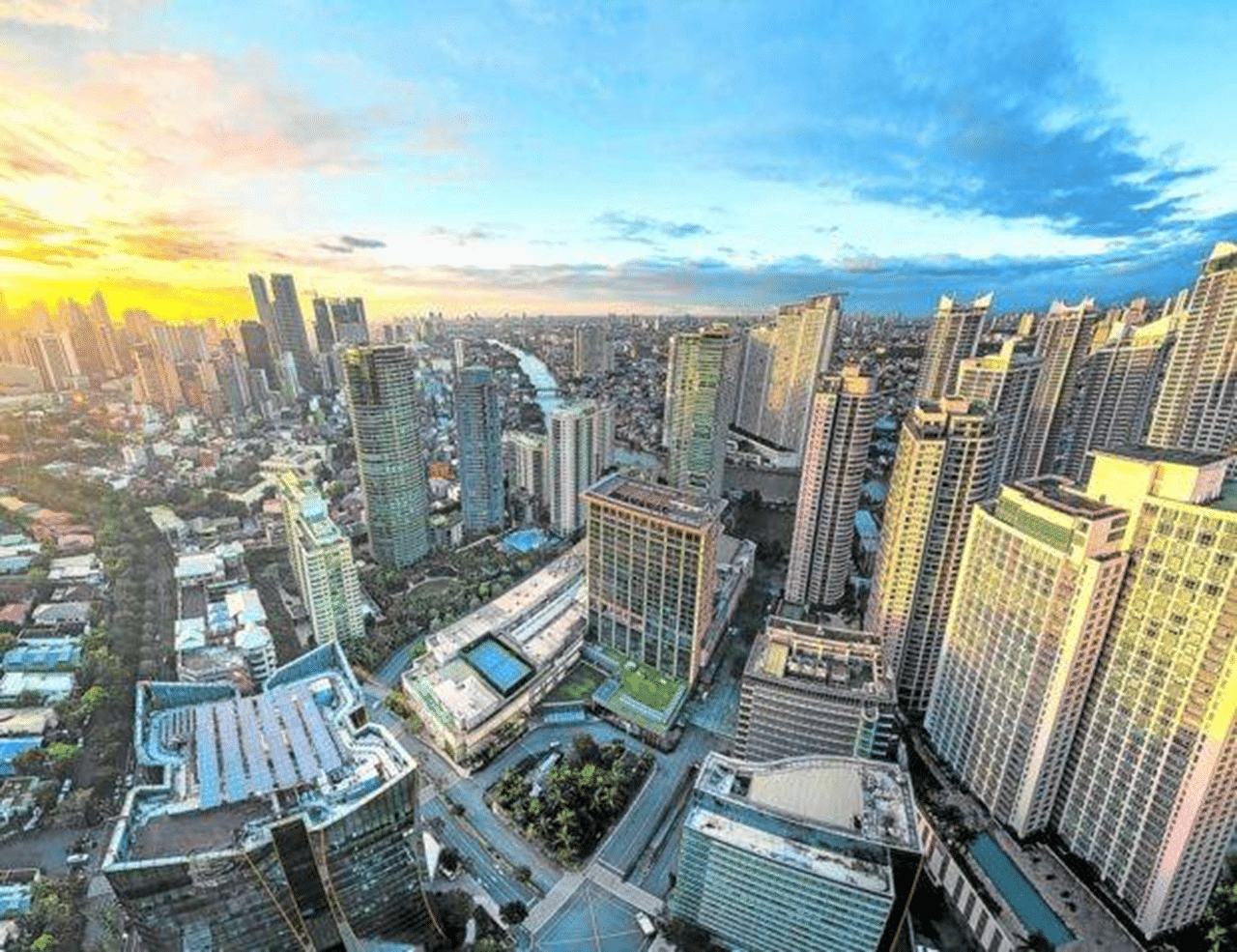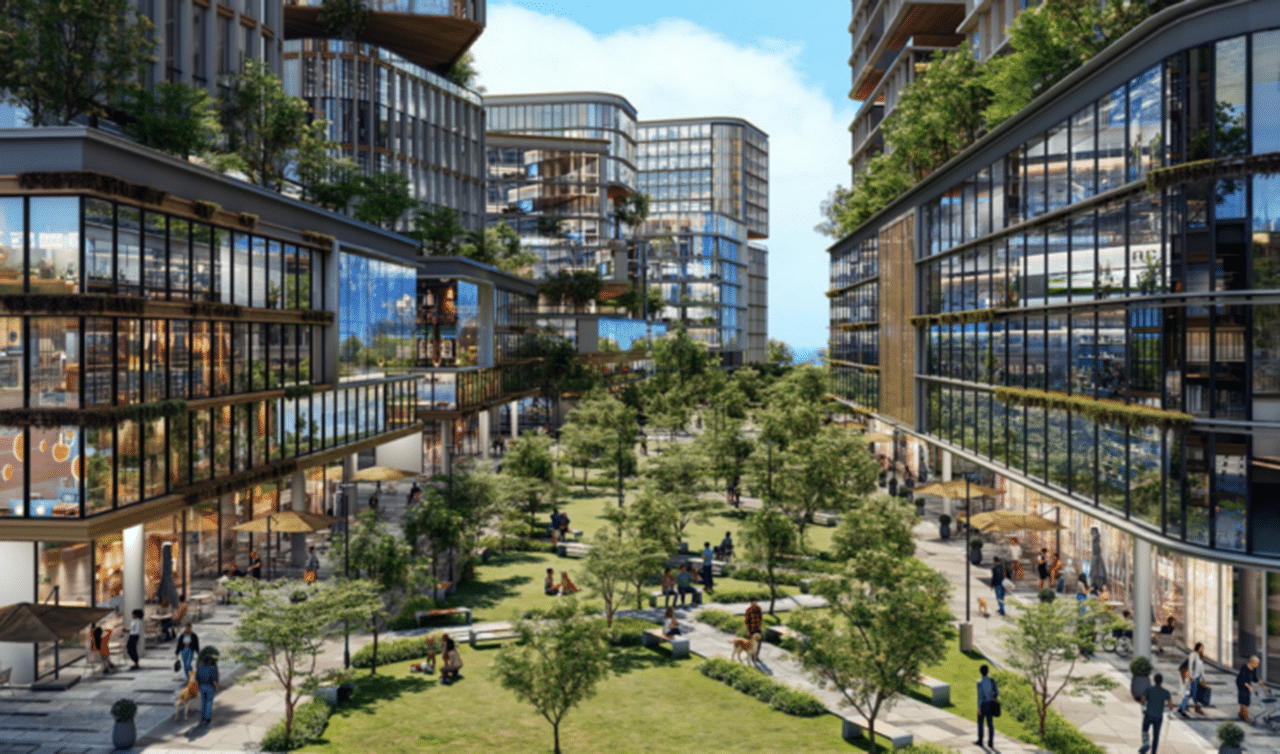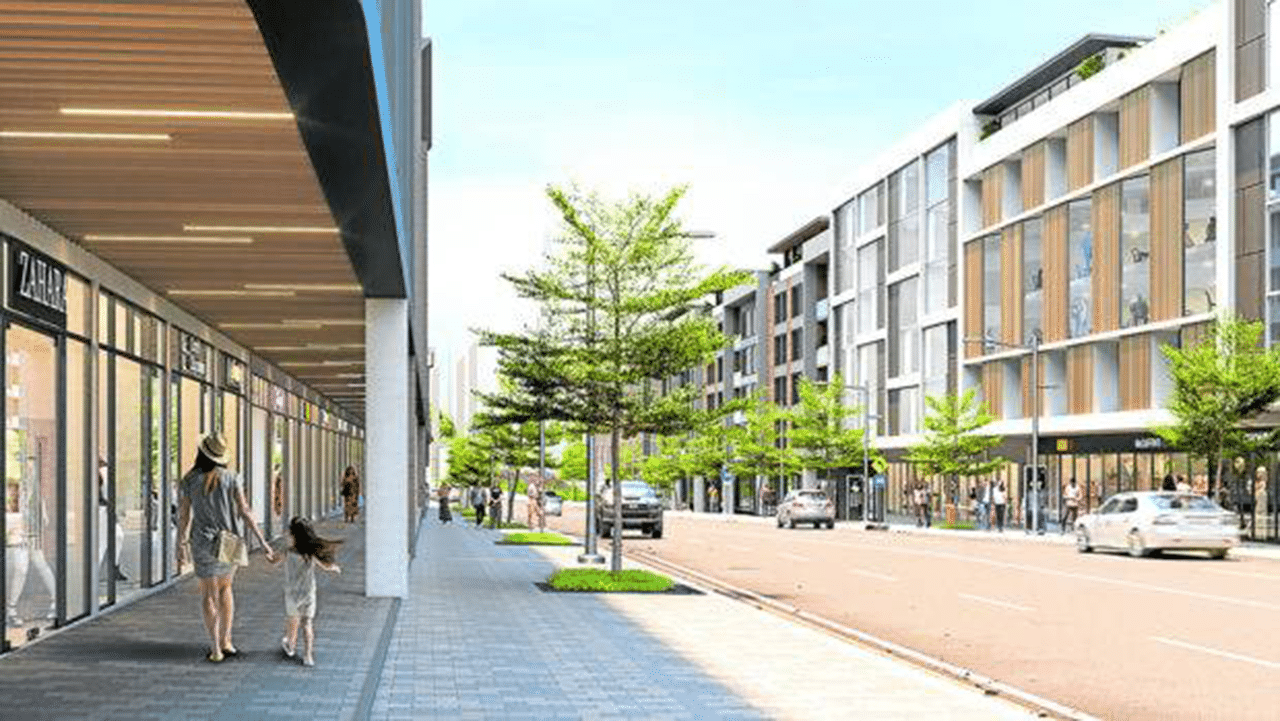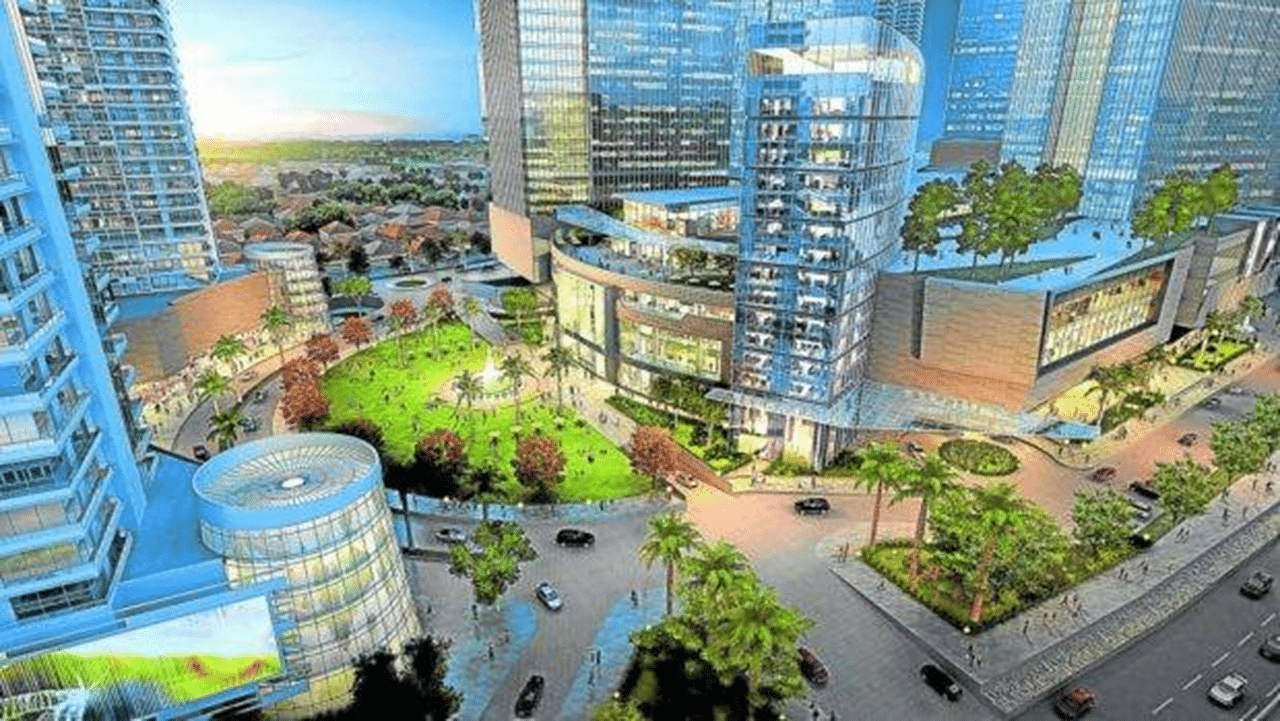The transformative power of mixed-use developments

Mixed-use development projects offer numerous advantages that enhance urban functionality and livability. —FILE PHOTO
(Conclusion)
Traditionally, real estate projects were often developments that segregated land uses from each other, creating separate and disjointed residential, commercial, office, and retail areas.
However, developers and urban planners are now pioneering innovative designs that emphasize creativity and seamless integration with the surrounding community. This new generation of mixed-use projects breaks away from the conventional model, creating places that cater to the diverse needs of residents and businesses alike.

By reimagining the design and utilization of urban spaces, mixed-use developments can address the housing crisis, support local communities, and enhance residents’ well-being. —FILE PHOTO
Enhancing livability
Mixed-use development projects offer numerous advantages that enhance urban functionality and liveability.
By integrating residential, commercial, and communal spaces, these developments create vibrant communities that cater to diverse needs while addressing critical urban challenges, such as promoting sustainability by reducing the need for travel. With essential amenities such as shops, restaurants, and workplaces close by, residents and workers can minimize care use and instead rely on walking, cycling, or public transport, significantly lowering carbon emissions.
These developments also incorporate green and communal spaces, promoting physical activity and relaxation while improving mental and physical health. Proximity to healthcare facilities and opportunities for social interaction further enhances well-being, creating more cohesive and healthier communities.
Housing affordability
Mixed-use developments can contribute to housing affordability by integrating diverse housing types even within a single project.
However, their popularity can lead to higher property prices, necessitating careful planning to balance affordability, accessibility, and demand.
Solutions include the provision of rental housing and the adoption of the community land trust approach whereby housing units are provided through long-term leases. By combining residential, commercial, and social infrastructure, these projects not only address housing needs but also generate jobs and build vibrant, interconnected communities that support economic and social growth.
Practical solution
Looking ahead, mixed-use developments present a practical solution to the pressing challenges facing urban areas across the country. By reimagining the design and utilization of urban spaces, these developments can address the housing crisis, support local communities, and enhance residents’ well-being.
Additionally, they offer a strategic response to the growing need for sustainability, aligning with the UN’s 2050 net zero target.
To fully realize the potential of mixed-use environments, it is essential for national and local authorities to collaborate more effectively, aligning housing objectives with local capabilities.
This requires dismantling bureaucratic barriers, prioritizing long-term infrastructure investments, and implementing policies that promote affordability, inclusivity, and sustainability.
Embracing mixed-use developments will be key to shaping cities that are livable, sustainable, inclusive, and affordable, ensuring the creation of more vibrant and resilient urban communities.
The author (nveinsiedel@gmail.com) is an architect and an environmental planner, a Fellow Emeritus of the Philippine Institute of Environmental Planners (PIEP), and principal urban planner of CONCEP Inc.


